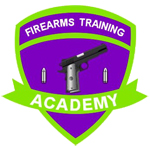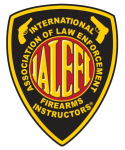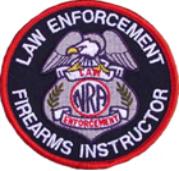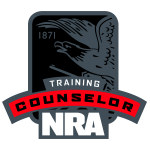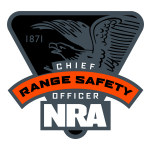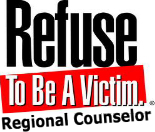Parents' Guide To Gun Safety
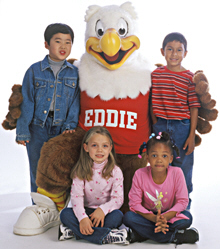 Parents play a key role in developing safe practices and are ultimately responsible for the behavior and safety of their children. Because isolated lessons and concepts can be quickly forgotten, repetition will help children remember standard safety procedures.
Parents play a key role in developing safe practices and are ultimately responsible for the behavior and safety of their children. Because isolated lessons and concepts can be quickly forgotten, repetition will help children remember standard safety procedures.
Parents can teach their children the Eddie Eagle program at home. Simply call the Eddie Eagle Program at 800-231-0752 and request a sample kit. Each kit includes a copy of the student workbook, instructor's guide, program statistics, a description of materials, an order form, and the Parents' Guide to Gun Safety brochure.
This text is also available as a brochure. To receive a copy of the "Parents' Guide to Gun Safety" brochure, email This email address is being protected from spambots. You need JavaScript enabled to view it. or call (800) 231-0752.
The Parents' Responsibility
In a home where guns are kept, the degree of safety a child has rests squarely on the child's parents.
Parents who accept the responsibility to learn, practice and teach gun safety rules will ensure their child's safety to a much greater extent than those who do not. Parental responsibility does not end, however, when the child leaves the home.
According to federal statistics, there are guns in approximately half of all U.S. households. Even if no one in your family owns a gun, chances are that someone you know does. Your child could come in contact with a gun at a neighbor's house, when playing with friends, or under other circumstances outside your home.
It is critical for your child to know what to do if he or she encounters a firearm anywhere, and it is the parents' responsibility to provide that training.
Talking With Your Child About Gun Safety
There is no particular age to talk with your child about gun safety. A good time to introduce the subject is the first time he or she shows an interest in firearms, even toy pistols or rifles. Talking openly and honestly about gun safety with your child is usually more effective than just ordering him or her to "Stay out of the gun closet," and leaving it at that. Such statements may just stimulate a child's natural curiosity to investigate further.
As with any safety lesson, explaining the rules and answering a child's questions help remove the mystery surrounding guns. Any rules set for your own child should also apply to friends who visit the home. This will help keep your child from being pressured into showing a gun to a friend.
Toy Guns vs. Real Guns
It is also advisable, particularly with very young children, to discuss gun use on television as opposed to gun use in real life. Firearms are often handled carelessly in movies and on TV. Additionally, children see TV and movie characters shot and "killed" with well-documented frequency. When a young child sees that same actor appear in another movie or TV show, confusion between entertainment and real life may result. It may be a mistake to assume that your child knows the difference between being "killed" on TV and in reality.
If your child has toy guns, you may want to use them to demonstrate safe gun handling and to explain how they differ from genuine firearms. Even though an unsupervised child should not have access to a gun, there should be no chance that he or she could mistake a real gun for a toy.
What Should You Teach Your Child About Gun Safety?
If you have decided that your child is not ready to be trained in a gun's handling and use, teach him or her to follow the instructions of NRA's Eddie Eagle GunSafe® Program. If you find a gun: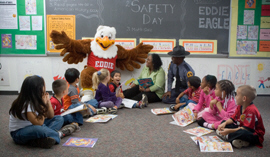
STOP!
Don't Touch.
Leave the Area.
Tell an Adult.
The initial steps of "Stop" and "Don't Touch" are the most important. To counter the natural impulse to touch a gun, it is imperative that you impress these steps of the safety message upon your child.
In today's society, where adult supervision is not always possible, the direction to "Leave the Area" is also essential. Under some circumstances, area may be understood to be a room if your child cannot physically leave the apartment or house.
"Tell an Adult" emphasizes that children should seek a trustworthy adult, neighbor, relative or teacher -- if a parent or guardian is not available.
